2010s
2020s | 2010s | 2000s | 1990s | 1980s | 1970s | 1960s | 1950s | 1940s | 1930s | 1920s | 1910s | 1900s | 1890s

2019
Toks Omishakin, Caltrans’ first African American Director, Omishakin managed a $17 billion budget and nearly 22,000 employees, who oversaw 50,000 lane miles of highway, maintained approximately 20,000 bridges, provided permitting for more than 400 public-use airports, funded three of Amtrak’s busiest intercity rail services and provided transit support to more than 200 local and regional transit agencies. In February 2022, Governor Gavin Newsom appointed Omishakin as the Secretary of the California State Transportation Agency (CalSTA), to preside over its eight departments including Caltrans, the California Highway Patrol (CHP), the California Department of Motor Vehicles (DMV) and the Office of Traffic Safety (OTS).
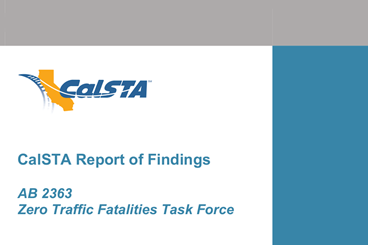
2019
Assembly Bill 2363 required the Secretary of the California State Transportation Agency to convene a Zero Traffic Fatalities Task Force (PDF) by July 1, 2019.
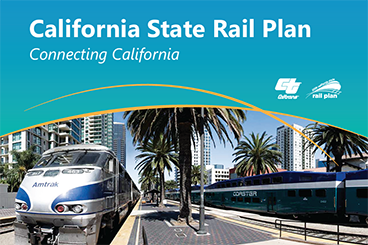
2018
Caltrans completed the 2018 California State Rail Plan (CSRP) which provides an exciting new framework for California’s rail network and set the stage for new and better rail and community connections in the State for the next 20 years and beyond. – Note: Caltrans is updating the California State Rail Plan in 2023!

2018
Caltrans Responds to the Mendocino Complex Fire, the largest wildfire in California's history that burned close to 460,000 acres.
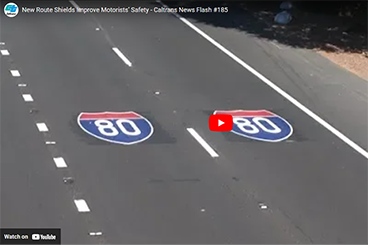
2018
Caltrans begins implementing new route shields improve motorists’ safety. As part of two Senate Bill 1-funded striping projects in Sacramento, 65 shield pavement markings were installed on the roadway to help motorists know which lane to be in when merging from one freeway to another.
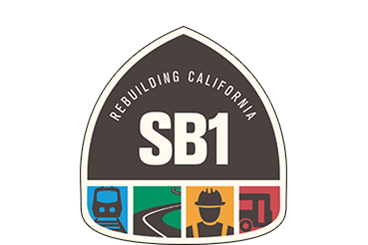
2017
Senate Bill 1 (SB 1), the Road Repair and Accountability Act of 2017, is a landmark transportation investment that was signed into law on April 28, 2017. This legislative package invested $5.4 billion annually, split equally between state and local investments, to fix California communities’ roads, freeways and bridges, and put more dollars toward transit and safety.
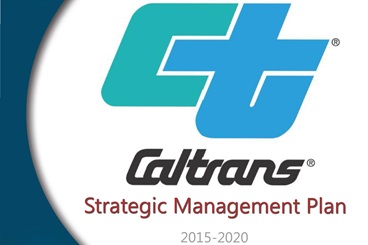
2015
Caltrans released its new 2015-2020 Strategic Management Plan (PDF) , which maps out how the Department will increase performance, efficiency, and innovation as it increasingly considers sustainability and all modes of transportation. As part of the new multimodal focus, Caltrans revised its mission, which is to
"provide a safe, sustainable, integrated and efficient transportation system to enhance California's economy and livability."
- Caltrans Mission
The Department is also setting performance measures to track its progress in achieving its updated goals of Safety and Health; Stewardship and Efficiency; Sustainability, Livability and Economy; System Performance and Organizational Excellence.

